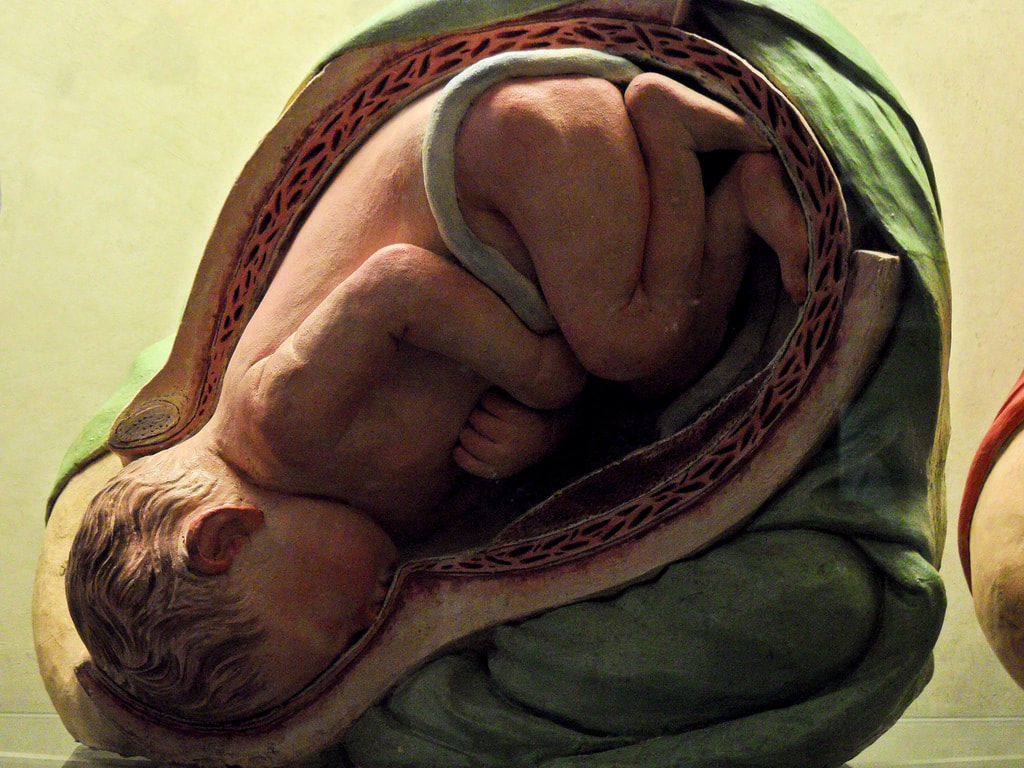Secondary Biology Reference Notes, Tutorials and Exercise QuestionsReproduction in Animals
External fertilization
Reproduction in Humans
Structure of female reproduction system,
The female reproduction system consist of the following: Ovaries
Structure of male reproductive system
The male reproductive system consists of the following: Testis:
Fertilisation in Animals
0 Comments
Leave a Reply. |
Archives
January 2024
Categories
All
|
Can't find what you are looking for? Don't worry, Use the Search Box Below.
|
Primary Resources
College Resources
|
Secondary Resources
|
Contact Us
Manyam Franchise
P.O Box 1189 - 40200 Kisii Tel: 0728 450 424 Tel: 0738 619 279 E-mail - sales@manyamfranchise.com |

 RSS Feed
RSS Feed

